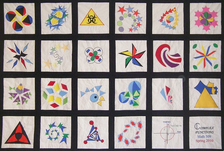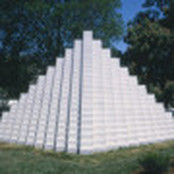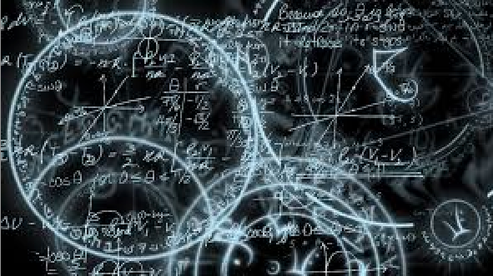
Art and Math Learning Difficulties
What constitutes a learning disability in mathematics?
There is no single mathematics disability. In fact, mathematics disabilities are as varied and complex as those associated with reading. Furthermore, there are some arithmetic disabilities which can exist independent of a reading disability and others which do not. One type of learning disability affecting mathematics can stem from an individual’s difficulty processing language, another might be related to visual spatial confusion, while yet another could include trouble retaining math facts and keeping procedures in the proper order. While extremely rare, there are some learners who cannot successfully compare the lengths of two sticks and others who have almost no ability to estimate. Finally, some people experience emotional blocks so overwhelming as to preclude their ability to think responsibly and clearly when attempting math, and these students are disabled, as well. This is taken from the website below.
http://www.ldao.ca/introduction-to-ldsadhd/ldsadhs-in-depth/articles/about-education/learning-disabilities-in-mathematics/
What constitutes a learning disability in mathematics?
There is no single mathematics disability. In fact, mathematics disabilities are as varied and complex as those associated with reading. Furthermore, there are some arithmetic disabilities which can exist independent of a reading disability and others which do not. One type of learning disability affecting mathematics can stem from an individual’s difficulty processing language, another might be related to visual spatial confusion, while yet another could include trouble retaining math facts and keeping procedures in the proper order. While extremely rare, there are some learners who cannot successfully compare the lengths of two sticks and others who have almost no ability to estimate. Finally, some people experience emotional blocks so overwhelming as to preclude their ability to think responsibly and clearly when attempting math, and these students are disabled, as well. This is taken from the website below.
http://www.ldao.ca/introduction-to-ldsadhd/ldsadhs-in-depth/articles/about-education/learning-disabilities-in-mathematics/

National Gallery of Art
New Angles on Art
"Do art and math have anything in common? How do artists and architects use math to create their works? In these lessons, students will explore the intersection of math and art in the works of two artists and one architect for whom mathematical concepts (lines, angles, two-dimensional shapes and three-dimensional polyhedra, fractions, ratios, and permutations) and geometric forms were fundamental."
http://www.nga.gov/content/ngaweb/education/teachers/lessons-activities/new-angles.html
New Angles on Art
"Do art and math have anything in common? How do artists and architects use math to create their works? In these lessons, students will explore the intersection of math and art in the works of two artists and one architect for whom mathematical concepts (lines, angles, two-dimensional shapes and three-dimensional polyhedra, fractions, ratios, and permutations) and geometric forms were fundamental."
http://www.nga.gov/content/ngaweb/education/teachers/lessons-activities/new-angles.html

